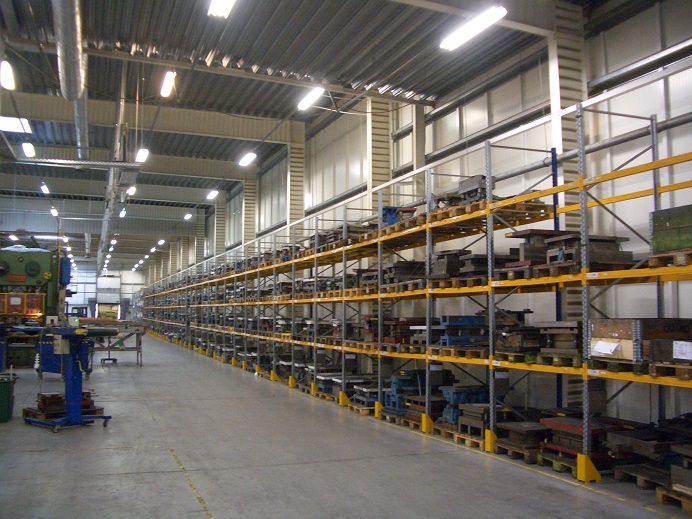Selecting the right cantilever racking system starts with understanding your specific storage requirements. What types of materials are you storing? How heavy and long are they? Do they vary in size? These are important questions to answer before you begin. Cantilever racking is ideal for storing items such as timber, steel tubing, PVC piping, plasterboard, and other awkwardly shaped materials. By evaluating your inventory, you can choose a racking system tailored to your workflow.
Types of Cantilever Racking Systems
Cantilever racking systems come in several types: light-duty, medium-duty, and heavy-duty. Light-duty systems are ideal for smaller items like plastic piping and lightweight timber. Medium-duty suits larger but not excessively heavy items, such as furniture or plastic extrusions. Heavy-duty cantilever racking, made from robust steel, is designed for industrial applications, capable of holding thousands of kilograms per arm. Matching the system type to your load requirements is critical for safety and longevity.
Single-Sided vs. Double-Sided Racks
Another decision you’ll need to make is whether to opt for single-sided or double-sided cantilever racking. Single-sided racks are ideal when placed against a wall, whereas double-sided configurations allow access from both sides, offering higher storage density. If floor space is limited, using double-sided racks in a central aisle can be a more efficient solution.
Key Features and Custom Options
Modern cantilever racking systems offer numerous features and optional upgrades. Adjustable arms allow you to accommodate different item sizes easily. Galvanised options are available for outdoor use or corrosive environments. You can also add stoppers, decking, or mesh panels to help keep stock stable and secure. Investing in a system with modular flexibility ensures you can scale your racking as your business grows.
Compliance and Safety Standards
It’s important to ensure that your cantilever racking system complies with local safety standards and load-bearing regulations. In the UK, systems should meet SEMA guidelines or equivalent British Standards. Always consult with your supplier to ensure the system is not only suitable for your load type but also installed and maintained correctly. Regular inspections can help prevent accidents and extend the life of your racking.
Return on Investment
While cantilever racking may require a larger initial investment than traditional racking systems, the long-term benefits often outweigh the costs. Increased organisation, quicker access to stock, and better space utilisation lead to lower labour costs and improved operational efficiency. Over time, these savings can provide a strong return on your initial outlay.
Final Thoughts
Choosing the right cantilever racking system is a strategic decision that impacts both safety and efficiency. By evaluating your materials, floor space, and operational needs, you can select a system that streamlines your workflow and supports future growth. Whether you’re outfitting a new facility or upgrading your current warehouse, cantilever racking offers a reliable and versatile solution.
Choosing the right cantilever racking system is a strategic decision that impacts both safety and efficiency. By evaluating your materials, floor space, and operational needs, you can select a system that streamlines your workflow and supports future growth. Whether you’re outfitting a new facility or upgrading your current warehouse, cantilever racking offers a reliable and versatile solution.





























